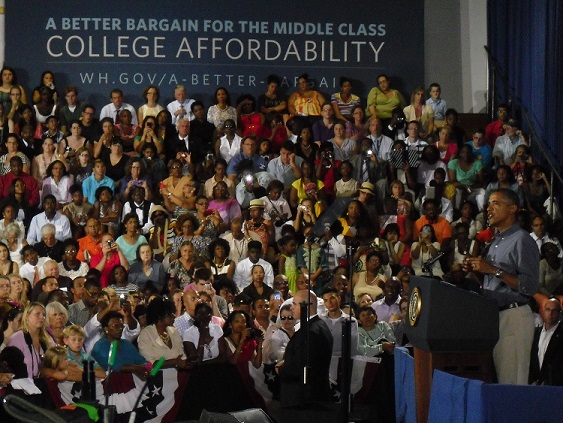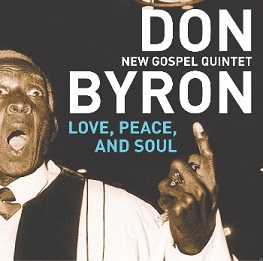Governor Cuomo Announces New Online System to Accelerate Filings for Businesses
User-Friendly System Improves Customer Service and Offers Immediate Filing for New Business Corporations and Limited Liability Companies Governor Andrew M. Cuomo announced the launch of a new and streamlined online filing system to form Domestic Business Corporations and Domestic Limited Liability Companies (LLC’s) that will encourage the creation of economic opportunities across the State. Businesses can now file their Certificates of Incorporation and Articles of Organization electronically, saving both time and money. The new system allows these two business filings that previously could take more than a week to be processed in a matter of minutes and eliminates the need to pay expedited processing fees. “By streamlining the process to create a new business venture, we are making it easier than ever for entrepreneurs to do business in New York,” Governor Cuomo said. “This innovative upgrade will save employers time and money, allowing them to focus on creating jobs and pursuing new opportunities for growth. The technology upgrade is the latest in a series of agency initiatives that are creating a more business friendly environment in New York State. It comes on the heels of the first phase of an electronic licensing system for certain professional disciplines, and last year’s implementation of a simpler sales tax reporting system by the Department of Taxation and Finance. Business filers can now expect more immediate results, while taxpayers will benefit from a more efficient allocation of State resources. Secretary of State Cesar A. Perales said, “Every day the Department of State endeavors to find new ways to keep New York ‘Open for Business’ and make government work for the people. This system improvement will save State resources and will provide the business community with a dramatically improved, practical and cost-efficient system.” Scott J. Schuster, President of Servico Inc., a legal service company based in Albany since 1924, said, “Servico applauds Governor Cuomo and the Department of State for embracing innovative technology that transforms business filings into a streamlined, cost-effective and environmentally friendly process. Our company has been an integral partner in the testing and implementation of the new online system and our understanding of how the new program relates to New York State Laws, Rules and Regulations will prove invaluable to the public as well as the legal community.” Trudi Winter, Manager at BlumbergExcelsior Corporate Services said, “BlumbergExcelsior Corporate Services Inc. finds this new system helpful in servicing our clients.” On average, new businesses file more than 100,000 basic Certificates of Incorporation and Articles of Organization with the Department of State each year. The online filing system is available Monday through Friday from 6:00am to 7:30pm through the Department of State’s Division of Corporations website at http://www.dos.ny.gov/corps/index.html.













